
Child Survival in a Changing Climate by Luca Catalano
Climate changes represent one of the biggest challenges humanity will face in the coming years. Global warming, ice melting, the frequency of droughts and floods are all symptoms of the ongoing climate change. There are huge risks for the planet and for future generations, and we should take note of it with urgency.
As a consequence of these changes, in fact, 175 million children are in danger every year, 40% more than in the past decade. Global warming is also seriously changing the everyday lives of the world population.
The expansion of the desert area and rising sea levels are throwing into poverty entire families who depend on agriculture.
Although climate change is a global phenomenon, the effects of global warming mainly concern the underdeveloped nations, and particularly children, negatively impacting on the already elevated child mortality.
For example, every year malaria kills about 800.000 children under 5 years of age, and this number is expected to increase with increasing temperatures. Climate change will have devastating effects also on malnutrition. According to UNICEF, in the year 2050, there will be 25 million malnourished children.
The correlation between climate change and social, economic and political problems may force migration of children (eco-refugees), causing their separation from families and exposure to any kind of exploitation.
The frequency of droughts, floods, and cyclones, the progressive soil degradation, the increasing water scarcity, the high population growth rates ,unstable social and political institutions, poverty and the high levels of agriculture dependence, all these factors determine massive migration flows.
The “Child Survival in a Changing Climate” project, aims to show the consequences of climate change on the environment and living of populations, especially children, through a photo essay and a multimedia presentation. The “Child Survival in a Changing Climate” project is entirely funded by the Nando Peretti Foundation. The “Child Survival in a Changing Climate” project was realized between September 2010 and October 2011.











Interview with Luca Catalano Gonzaga
(by Anna Mola)
Anna Mola: In your pictures, I can clearly see your worry about the environment. Do you think this is the real purpose of your reportage? In general, do you think every contemporary reportage should have a specific purpose
Luca Catalano Gonzaga: In my opinion each reportage should have a specific purpose, that is to say, it must generate awareness; global warming is an important issue and my focus is the impact of climate change on children. Climate change represents one of the biggest challenges humanity will face in the coming years. There are huge risks for the planet and for future generations, and we should ackonwledge it with urgency. The “Child Survival in a Changing Climate” project, is entirely funded by the Nando Peretti Foundation, which has always believed in and supported the importance of this work.
A. M.: Describing your photos, you use words like “change”, “survive” and “risk”, “urgency”. Paraphrasing a Toledano’s work – in a different contest – how much “hope” and how much “fear” is there in your project?
L. C. G.: I still hope that it’s possibile everything can to change, maybe thanks to public awareness created by the work of photojournalist and humanitarian organizations. As a father I have four sons and I’m very anxious for future generations.
A. M.: Observing the whole project, I see several pictures in color and other in b/w. Is there a particular reason that “carries out” your choice regarding this aspect?
L. C. G.: Color becomes the choice when you are in a country like India where it’s a great attraction and clearly the choice is also dictated by the light to illuminate
your subject.
A. M.: I’ve founded very interesting the images representing people, in Kenya, during a registration, while they’re about to be photographed. Would you explain the reaction – maybe the relation – between these tribes and a technological item as a photo camera?
L. C. G.: Every morning a thousand Somali refugees after crossing the border with Kenya, and walking for additional 80 kilometers, queue in front of the
UNHCR Registration site of Dadaab, in Kenya. In the area designated for the United Nations, every single refugee is photographed and fingerprinted. UNHCR registration is a miraculous goal: it finally means tents, lavatories, drinking water, healthcare facilities and food passes. Actually women and children were pretty intimidated in front of this technological item and in a foreign place, but this reaction is entirely predictable.
A. M.: As founder of “Witness Image” and, of course, in your work, you’re a photojournalist. Separating the word, how much you would define a “photographer” and how a “journalist”? Or maybe one can’t exist without the other one?
L. C. G.: Witness Image is a non-profit organization, the intento of which is to promote education and respect for human rights and liberties as described by the resolution 217A of the Universal Declaration of Human Rights. I believe that through photography it is possible to show the truth in all its harshness by paying total respect to human dignity. I believe the photografers can’t exist without journalist because by the combination of visual reportage production and journalism tradition, I want to stimulate positive social change and I believe in the language of photography power to change people’s lives by helping them make their voices heard. Each project developed by Witness Image is entirely financed by charitable foundations, companies and print selling.


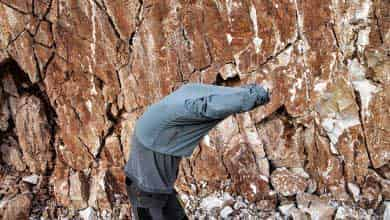
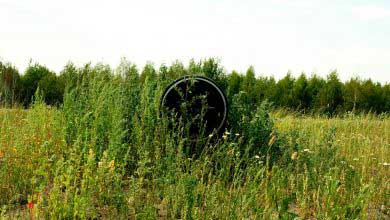
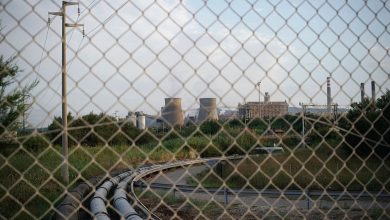
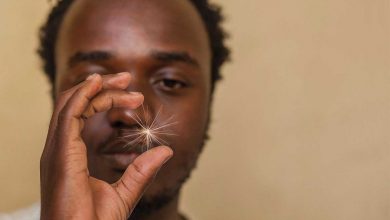

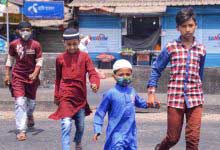
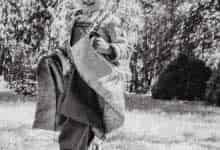
One Comment